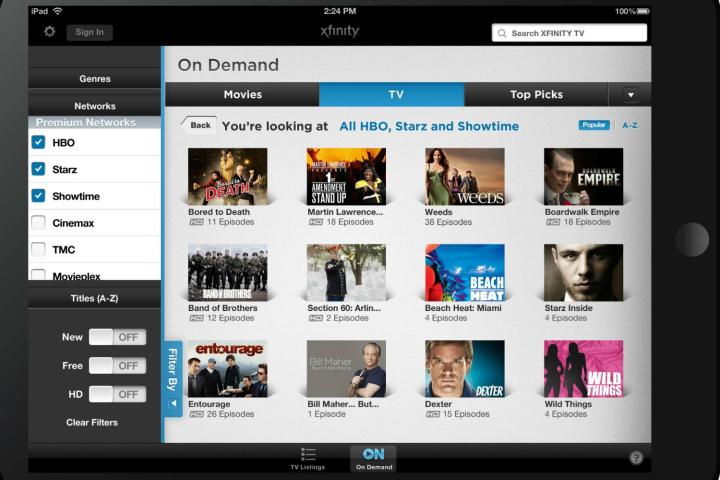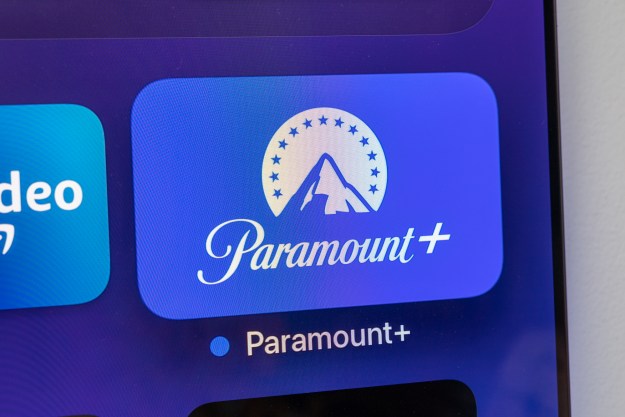
“Cord-cutting” can be a misleading term. Oftentimes, the savviest of these so-called “cord-cutters” haven’t cut any cords at all. In a way, they’re merely extending their cord so they can access their favorite content where they want and when they want. This is essentially what “TV Everywhere” services (think Xfinity or WatchESPN) aim to do, and cable and satellite providers are offering them up to their subscribers to satiate shifting expectations.
It’s tempting to look at the current TV and video landscape and see two distinct sides at war: the clean-cut pay-TV loyalists on one end, and the savvy cord-cutters, imbibing all things streaming on the other. But research is starting to indicate a middle ground that’s a lot less black and white. Adobe has published a report showing that people are streaming broadcast television via smartphone in greater numbers than ever before. Even though pay-TV customers can choose to watch their shows and movies on a traditional TV at any point, they’re increasingly not, because they enjoy being able to watch what they want, when they want.
The study found that so-called ‘TV Everywhere’ viewing, or the consumption of pay-TV programming on the go, grew a massive 246 percent from last year, outpacing online video sources like Youtube and Hulu across all devices. The report’s data is derived from consumer video viewing in 2013 and 2014, and is comprised of aggregated and anonymous data from media and entertainment sites. (It should be noted, however, that the report did not include the streaming powerhouse, Netflix, in its numbers, skewing the results.)
According to the Adobe Digital Index report, U.S. Digital Video Benchmark, there were a record 35.6 billion total global online video starts (any browser-based initiation of video content without authentication, such as a cable subscription) during the first quarter of 2014, which represented a 43 percent growth over the previous year. Video-streaming via smartphone increased 73 percent over the previous year, while that of tablets grew 42 percent. Gaming consoles saw the highest market share increase: 75 percent.
Not surprisingly, people are also digging deeper into watching video on mobile devices. Viewing via iOS apps surpassed desktop browsers to become the most popular online TV format. For the first time, iOS applications now hold a greater market share (43 percent) than browsers (36 percent). Additionally, Android apps are now the fastest-growing access points after increasing 202 percent.
This isn’t the first time we’ve encountered the gray area between the all-inclusive cord-cutter and the purely pay-TV subscriber. Last month, the NPD Group found that consumers who pay for over-the-top video-on-demand (VOD) services like Netflix aren’t necessarily cord-cutters. In fact, the research found that said subscribers are actually among the most active TV Everywhere users – three out of four subscription VOD homes also have a pay-TV subscription.
So what conclusion can we draw from all of these stats, and percentages? Right now, though it may be difficult to see from our present vantage point within the movement, we’re witnessing a sea change in TV viewing. In 50 years, the 20-somethings of today may very well wax nostalgic over the “golden days” of watching a show when it aired, or not watching it at all. The DVR liberated us from that inflexibility, and content began moving online shortly after – nothing’s been the same since. The current phase we find ourselves in is one of baby steps. Most broadcasters are finally seeing the doom in holding on to their rapidly-aging business models, and are thus incrementally offering up new forms of content access, often in the form of TV Everywhere services.
If you could get your TV over the Internet and have access to anything you wanted, without a cable/satellite subscription, you’d do that, right? Just about anyone would, and so every time broadcasters bring out a new tray to add to the Internet-TV buffet, people rush to the table to fill their plates. As a result, this new breed of TV viewer retains aspects of both cord-cutters and pay-TV traditionalists, and it will continue to transform until all viewing is done online. The online-video trend will only pick up more steam as advertisers throw increasing amounts of money at these portals, tempting broadcasters to increasingly move their content online.
Presently, cord-cutters who’ve severed ties with cable/satellite providers have to either simply give up a ton of their content, or seek it out through illegal means (piracy). If you don’t want to torrent, or don’t know how, TV Everywhere gets you the freedom you want to watch what you want, when you want – it is more costly, though. Customers love the WatchESPN app, which allows viewing ESPN programming online – but it’s not available as a standalone service. You can’t exclusively pay for ESPN because broadcasters aren’t offering à la carte-style subscriptions yet, because broadcasters and pay-TV providers aren’t offering them, for a number of reasons. But numbers such as those published in Adobe’s report indicate a populace that is clamoring for that type of distribution model.
As is often the case, the current paradigm is evolving in baby steps, one TV Everywhere update at a time. But make no mistake, the future is coming – whether the pay-TV powers that be want it to or not.


